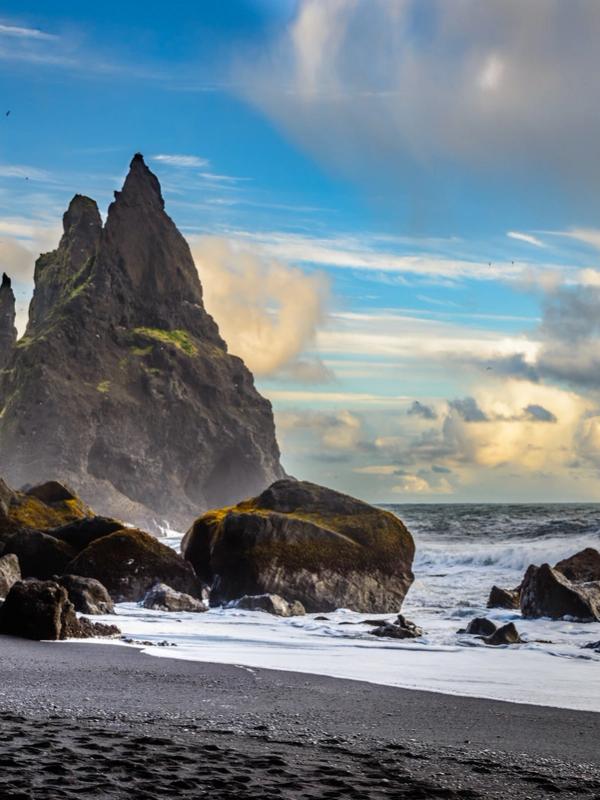
Iceland Weather in September: What to Expect in 2026
Iceland in September has fewer tourists, lower prices, and weather that's still good for exploring. The nights get dark enough to see the Northern Lights. Here's what to know about September weather to plan your trip.
Key Takeaways:
- Temperatures range from 6-11°C (42-50°F), cooling as the month goes on
- Rain happens on 15-20 days, usually light but steady
- Daylight drops from 13.5 hours to 11.5 hours throughout the month
- Northern Lights become visible, especially after mid-month
- Pack waterproof and windproof layers for changing weather
Overview of the Weather in Iceland in September
September marks the transition from summer to fall in Iceland. The Golden Circle still looks nice, but it feels more like fall. The Gulf Stream keeps coastal areas milder, while inland areas cool faster.
The weather in Iceland can change in the blink of an eye thanks to its location in the North Atlantic Ocean. You might see rain, sun, and wind all in a few hours. This is part of Iceland's charm, but it means you need to be ready for changes.
The Icelandic Meteorological Office provides reliable forecasts that are helpful as fall approaches. September usually avoids the strong storms that come later in the year.
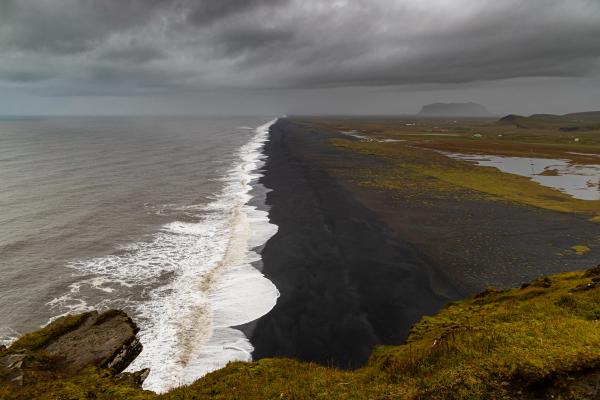
Temperature in Iceland in September
September in Iceland is cool but fine for exploring. The average temperature is approximately 8.5°C (47°F), with daytime highs of around 11°C (52°F) and nighttime lows of around 6°C (42°F).
Early September is warmer than late September. In Reykjavik, the month starts with days at about 12°C (54°F) and nights at 7°C (45°F). By the end of the month, days cool to about 9°C (48°F) and nights to 4°C (40°F).
September 2024 was unusually cold, about 1.7-2.4°C below normal, making it the coldest September since 2005. For 2025, temperatures are expected to return closer to normal, but it's advisable to prepare for cooler weather just in case.
Temperatures rarely go below freezing in towns during September, but highland areas like Vatnajökull Glacier can get frost, especially at night. Daytime temperatures rarely exceed 15°C (59°F), although short warm spells can happen in early September.
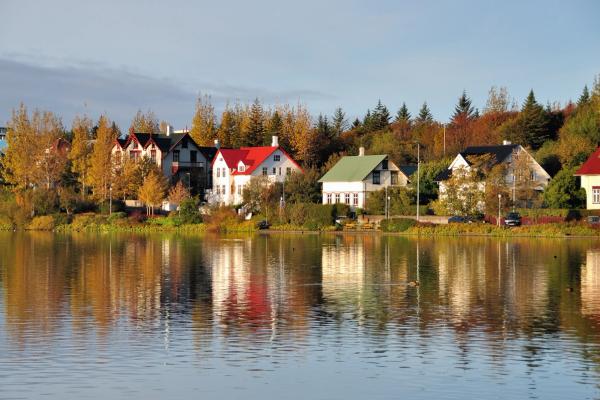
Does it Rain & Snow in Iceland in September?
Rain is common in Iceland, and September is a rainy month. You can expect rain on 15-20 days, though it's usually light rather than heavy. The monthly rainfall is between 4.1 and 4.6 inches, increasing slightly as the month goes on.
Rain in Iceland tends to be light drizzles rather than downpours. This means you can often keep doing your activities with the right rain gear. Waterproof jackets and pants are must-have items.
September 2024 was drier than average across most of Iceland, with Reykjavik getting only 66% of its normal rainfall. This pattern might continue into 2025, but Iceland's weather is unpredictable, so always be ready for rain.
Snow is rare in lowland areas during September but more likely in highland regions, especially later in the month. If you plan to visit Vatnajökull Glacier or other high places, be ready for possible snow or sleet.
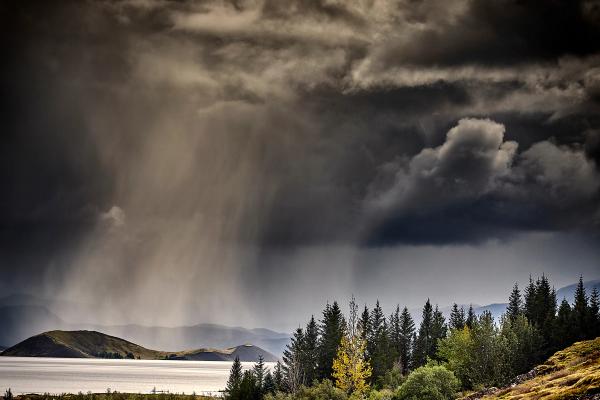
Daylight Hours in Iceland in September
September brings a big decrease in daylight. The month starts with about 13.5 hours of daylight (sunrise at 6:10 AM, sunset at 8:42 PM) and ends with around 11.5 hours (sunrise at 7:34 AM, sunset at 6:59 PM).
This reduction happens faster after the Autumn Equinox (around September 22-23), when day and night are equal length. You'll have enough daylight for sightseeing, while the darker nights create good conditions for seeing the Northern Lights.
Iceland typically gets about 4 hours of sunshine per day in September, totaling around 125 hours for the month. September 2024 was unusually sunny, with Reykjavik recording 153.5 hours (35.2 hours above average) and Akureyri seeing 128.2 hours (37.8 hours above average).
The decreasing daylight will likely affect your sightseeing schedule, but it also creates new options. The darker skies make September the first month since spring when Northern Lights viewing becomes possible, especially in the latter half of the month.
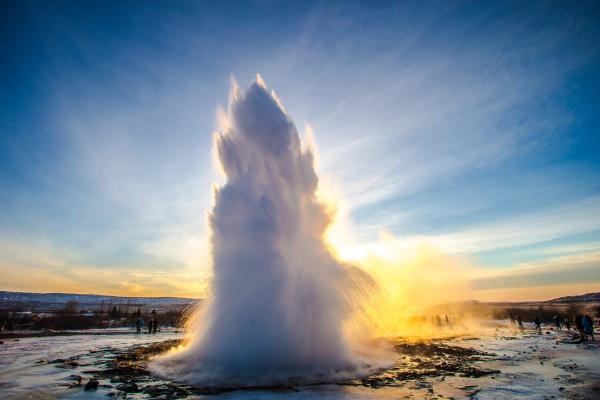
Weather in September by Region
Like with every country, the weather in Iceland during September varies greatly from region to region, Here’s what you can expect.
Reykjavik and Southwest Iceland
The capital region has milder temperatures thanks to its coastal location. September averages in Reykjavik range from 7 °C to 12°C (45°F to 54°F), with more rainfall than inland areas. The North Atlantic Ocean keeps temperature changes mild, but also brings sudden rain showers.
Reykjavik's September 2024 average temperature was 6.9°C (44.4°F), below the usual average of 8.6°C (47.5°F). The city also had less rainfall than normal, with 57.8 mm (about 2.3 inches) compared to the typical 87.6 mm (3.4 inches).
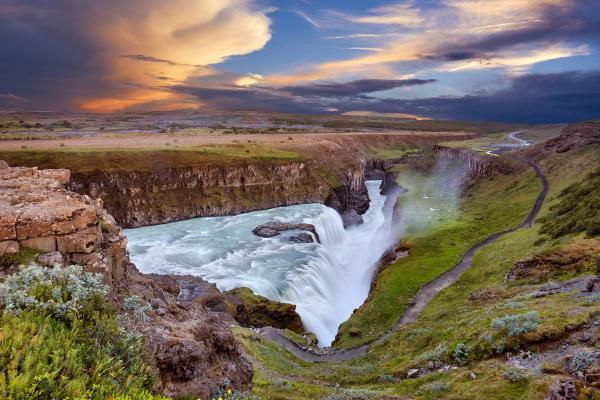
North Iceland (Akureyri)
North Iceland, including Akureyri, typically has slightly cooler temperatures than the south, with averages from 5-10°C (41-50°F). The region often receives less rainfall than the south coast, making it a good option if you encounter very wet weather in Reykjavik.
Akureyri's September 2024 was unusually cold, averaging just 5.6°C (42.1°F), well below its normal average of 8°C (46.4°F). The city also had a lot of sunshine, making it one of the sunniest Septembers on record despite the cool temperatures.
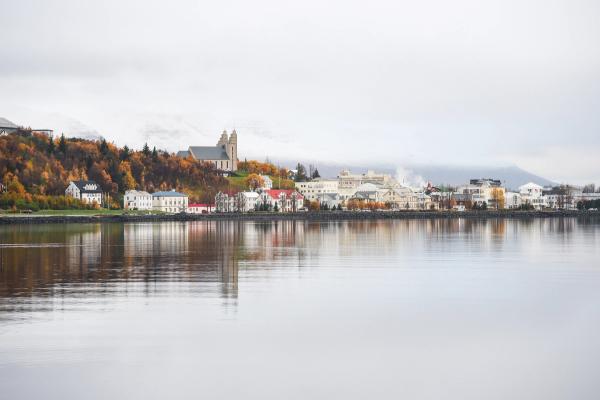
South Coast and Vik
The south coast, including the black sand beaches near Vik, has mild temperatures but frequent rainfall. This region is more exposed to Atlantic weather, making it prone to wind and rain. However, the waterfalls and black sand beaches often look even better in moody weather.
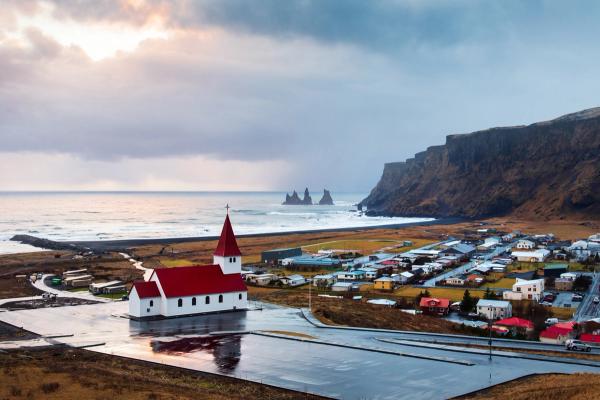
East Iceland
East Iceland often has its own weather patterns, sometimes with better conditions when the south is rainy. September temperatures typically range from 6 °C to 10°C (43°F to 50°F). The region was windier than average in September 2024, something to consider if you're planning coastal hikes or drives in this area.
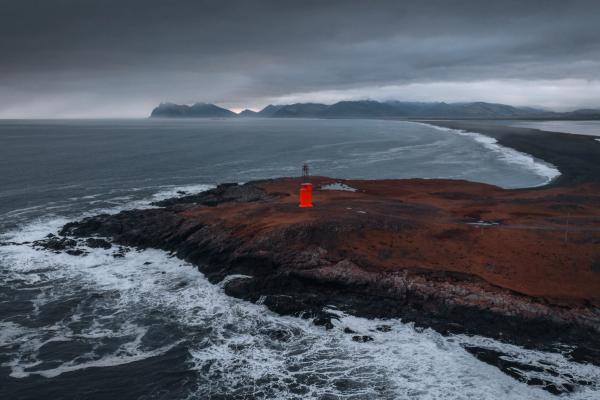
Highlands and Thingvellir National Park
Iceland's highland regions, including parts of Thingvellir National Park, cool significantly in September. Daytime temperatures might reach 5-8°C (41-46°F), but nighttime lows can drop below freezing, especially later in the month. These areas see the first snowfall of the season, sometimes as early as mid-September.
Thingvellir recorded one of the lowest temperatures in September 2024, with -8.1°C (17.4°F) on September 26, showing how quickly conditions can change in highland areas.
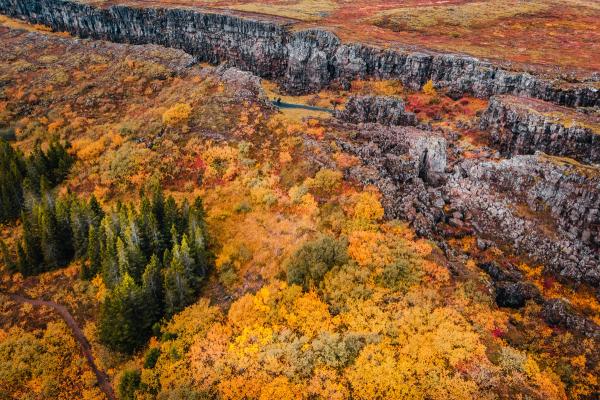
September 2025 Overview
September 2025 was warm and wet across Iceland. Mild easterly winds brought higher temperatures than usual and a lot of rain, especially in the east and north.
Reykjavík averaged 9.3°C (48.7°F), about 0.7°C above normal, and Akureyri averaged 8.7°C (47.7°F). The warmest day was 20.1°C (68°F) in Árnes and Skálholt on September 1, while the coldest was –7.6°C (18°F) at Hólasandur on the 20th.
Rainfall was heavy in many areas. Fáskrúðsfjörður saw 560 mm, one of the wettest Septembers ever recorded. Reykjavík got 94 mm, around 10% above normal, and Akureyri had 77 mm, about 45% above average.
There was more sunshine than usual in the southwest, with 145.7 hours in Reykjavík, but less in the north. Overall, September was mild, wet, and windy, a clear sign that 2025 has been a warm year so far.
What to Pack
For Iceland in September, pack layers for comfort and protection from the weather. Here's what to bring:
Essential Clothing:
- Waterproof jacket and pants (not just water-resistant)
- Thermal base layers (top and bottom)
- Mid-layers like fleece or wool sweaters
- Warm hat, gloves, and scarf
- Sturdy, waterproof hiking boots
- Wool socks (several pairs)
- Regular clothes for layering (t-shirts, long-sleeve shirts, pants)
Additional Items:
- Swimsuit (for hot springs and pools)
- Sunglasses (for low-angle sunlight and glacier visits)
- Camera with extra batteries (cold drains batteries faster)
- Reusable water bottle
- Backpack with rain cover
- Headlamp or flashlight (for Northern Lights viewing)
The key to comfort in Iceland is layering. Start with thermal base layers, add a warm mid-layer, and top with a waterproof shell. This lets you adjust to changing conditions throughout the day. Merino wool items are good as they keep you warm even when wet and don't hold odors.
For footwear, focus on waterproof hiking boots with good ankle support. Iceland's terrain can be wet and uneven on many popular trails.
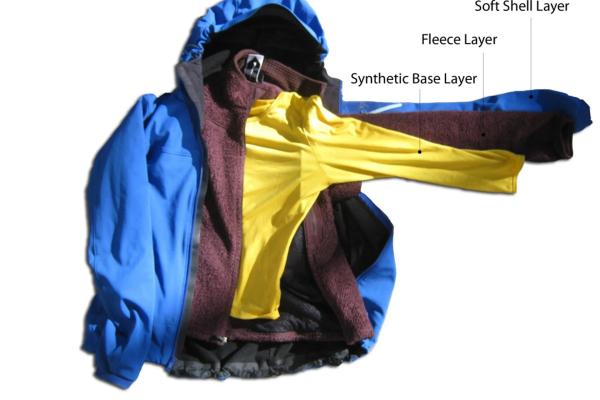
Things to Do in September
September offers unique opportunities in Iceland. Here are some of the best activities for the month:
Northern Lights Viewing
The Northern Lights become visible again after the bright summer nights. Stay away from Reykjavik's lights for the best views. Northern Lights tours monitor conditions and take you to good viewing spots.
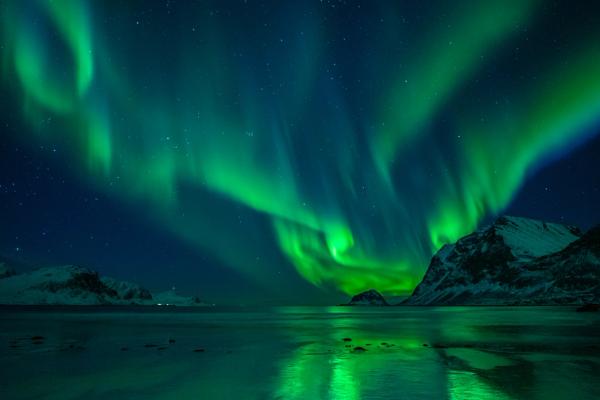
Hiking
Trails are still open, and the cooler temperatures make hiking more comfortable than in summer. The landscape takes on autumn colors, especially in Thingvellir National Park and around Akureyri.
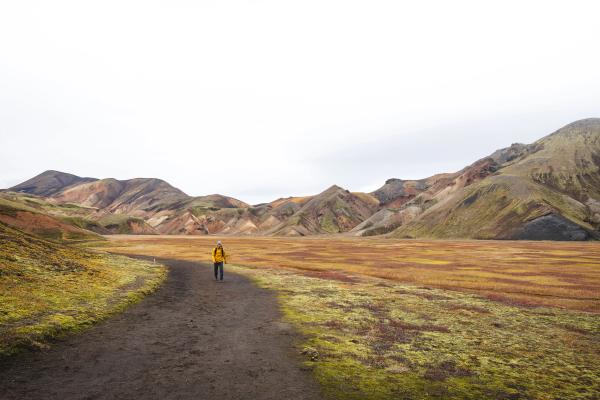
Whale Watching
September is one of the last good months for whale watching before winter. Tours run from Reykjavik, Akureyri, and Húsavík, with good chances of seeing mink, humpback whales, and even orcas.
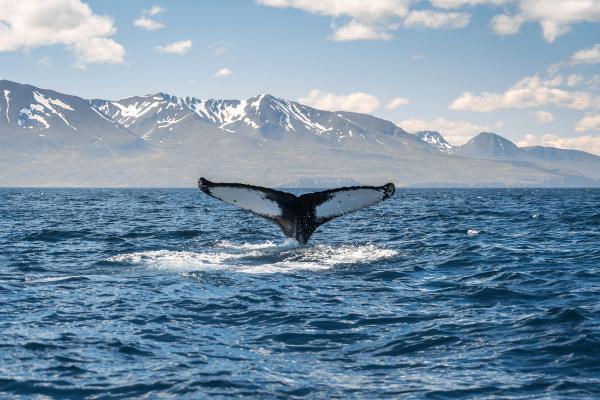
Hot Springs
The cooler air makes Iceland's hot springs very appealing. Beyond the Blue Lagoon, try less crowded options like the Sky Lagoon or Myvatn Nature Baths.
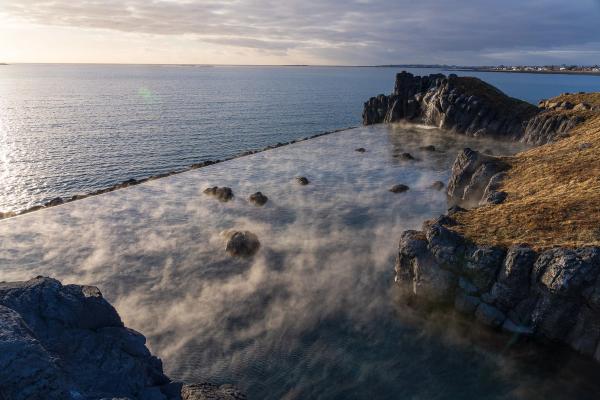
Golden Circle
The classic tourist route, which includes Thingvellir National Park, the Geysir geothermal area, and Gullfoss waterfall, is less crowded than in the summer while still fully accessible.
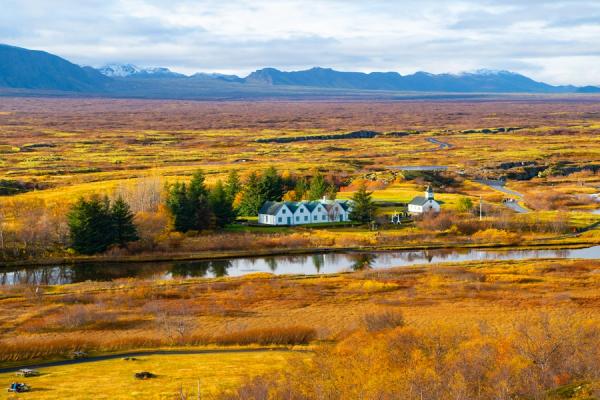
Road Trips
September is a good time for road trips, as roads are open but less busy. The Ring Road is fully accessible, allowing you to drive around the island and visit many different regions.
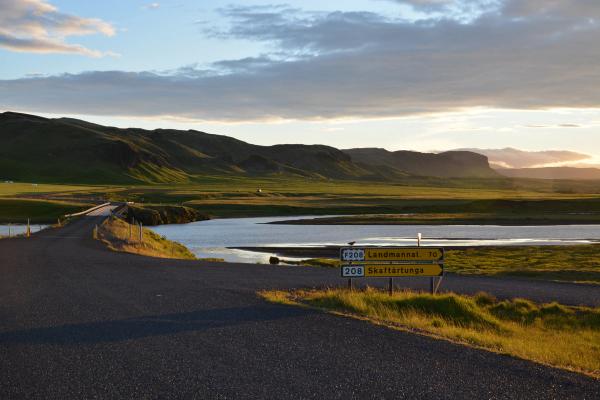
Conclusion
September gives Iceland travelers milder temperatures than winter, fewer crowds than summer, and the chance to see the Northern Lights. The weather changes, but it is manageable if you prepare.

